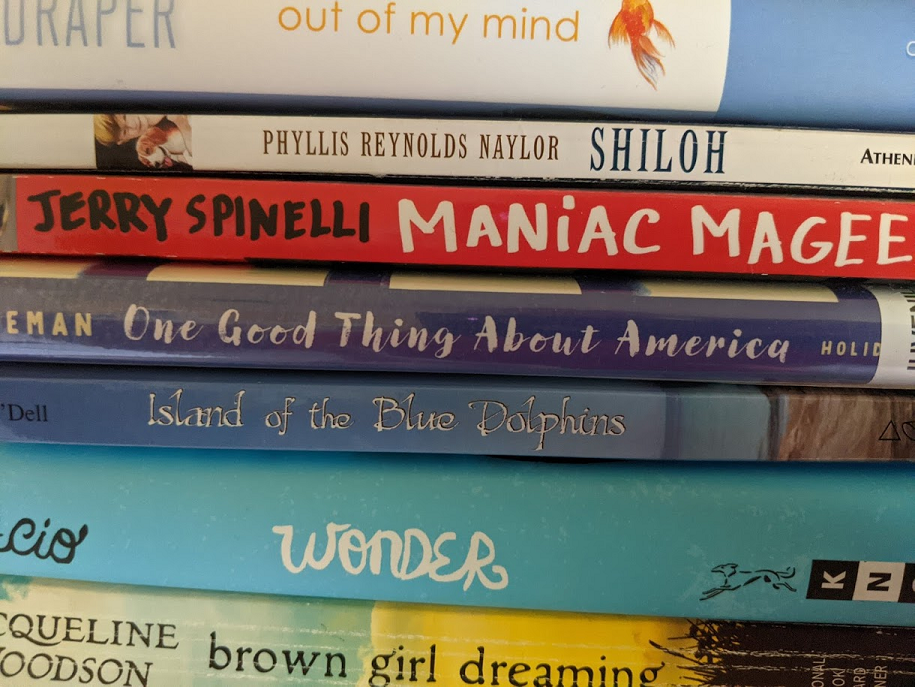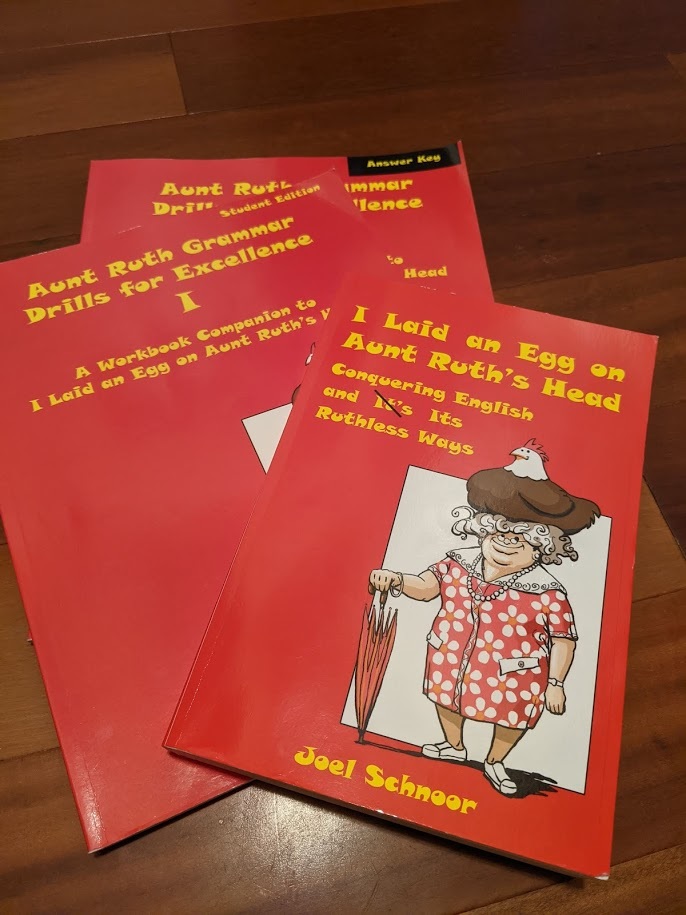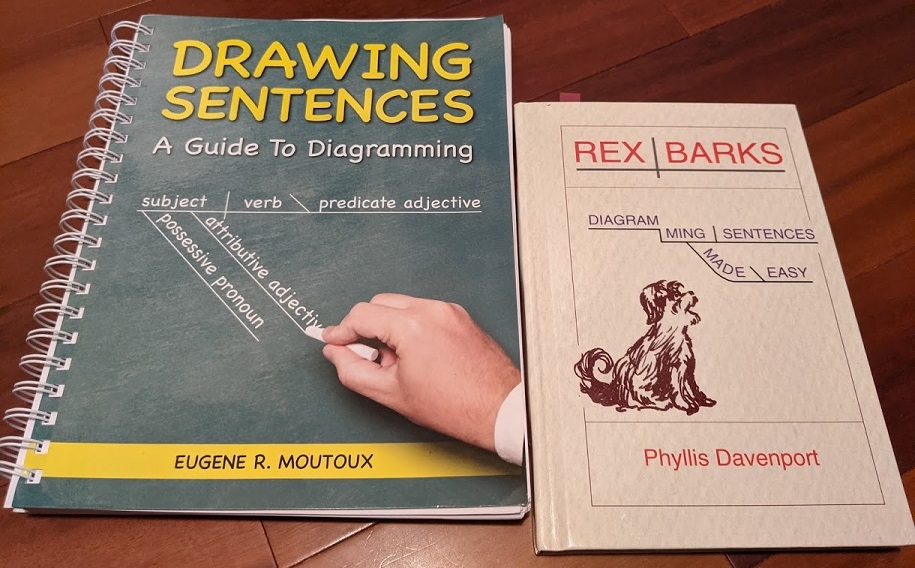Through the years, I can’t count the number of times when “I read it somewhere” was the only answer I had to give others who wondered where I’d learned things.
Though I’m not sure exactly when it began, somewhere during elementary school I became a voracious reader. At one point I remember being frustrated with our town library because I had read any chapter books in the kids’ section that I found remotely interesting (that being a majority of them), and there was nothing new to read. So the notion of soaking up information through books is nothing new to me.
And yet, sometimes I am still surprised at the ways in which reading connects to other areas of learning. I was reminded yet again this week of the truly interconnected nature of skill-development.
After hovering forever around the A to Z Mysteries and Boxcar Children level of books (for something like a year!), Peatie has FINALLY increased the difficulty/reading level in what he selects to read during his evening free-reading time, and I’m in my glory. Why? There are lots of reasons to rejoice, but here are a few:
A) Because he’s as excited about reading these books as he was about the first A to Z and Boxcar books. (After the first few, it seemed like he read more of the same just because of momentum.) He now comes dancing out of his room every evening to report on the latest happenings at Castle Glower.
B) Because he also pokes his head out every evening to ask me a vocab word or two. He now knows about crenelations and retorts and griffins and privy chambers and any number of other glorious words. Have I mentioned how much I love words?
C) Because he’s incorporating the tone and vocabulary of the book into his conversation at times, which I think is awesome. The other night he was reporting in on the relative ages of the various characters when he informed me (with a smug smirk), “I don’t know Bran’s age, but I do know one thing for certain–he’s a wizard!” The deliberate pace, the turn of phrase, and the pregnant pause were perfect, and he knew it.
D) Because even his writing is improving. The story he started today sounded vastly more interesting and stylistically mature than what he’s written in the past.
A story he wrote a month ago started like this: “One time a bear lived in a tree. His name was Zub. He loved being up the tree, but suddenly Zub saw a hunter trying to get him! The hunter started racing up the tall tree. Zub raced into the high branches.”
His latest story begins, “The wonders of the different worlds spread across the worlds fast. Heartland (a world) had many towns, and one of them was Size (Named because it was HUGE)! In the town of Size the houses are small, and they have many stairs. In Rattle the Rat’s house the shows on TV were always watched on the 2594th floor. (Now we can’t go over what all his house was like, because it has 10000 levels.) So he was watching a show when he heard a sound.”
Earth-shatteringly brilliant writing? No, but in my opinion there’s definitely noticeable improvement, and I’m excited for him. (And for myself. His stories before were all rather formulaic, insanely improbable, and hard to follow–and I had to read them all.)
All these delightful effects (and more that I haven’t noticed, I’m sure!) come because he’s now read a couple more challenging books.
Isn’t it fun to watch your kids learn and grow, making connections and getting excited about new information and improving their skills!? I can’t wait to see what he learns next! I love this job! (Well, most of the time…)
**In case you’re wondering, he’s currently working through Jessica Day George’s Tuesdays at the Castle series.




